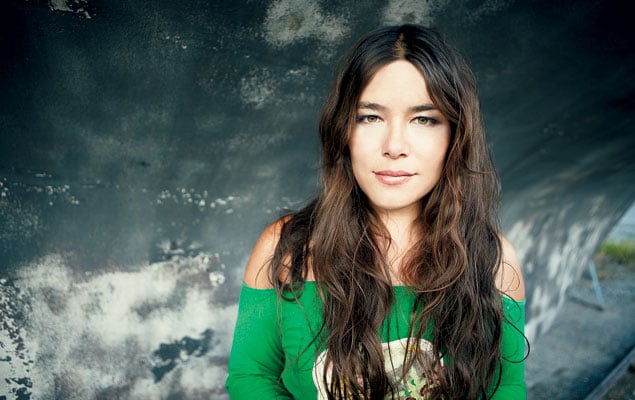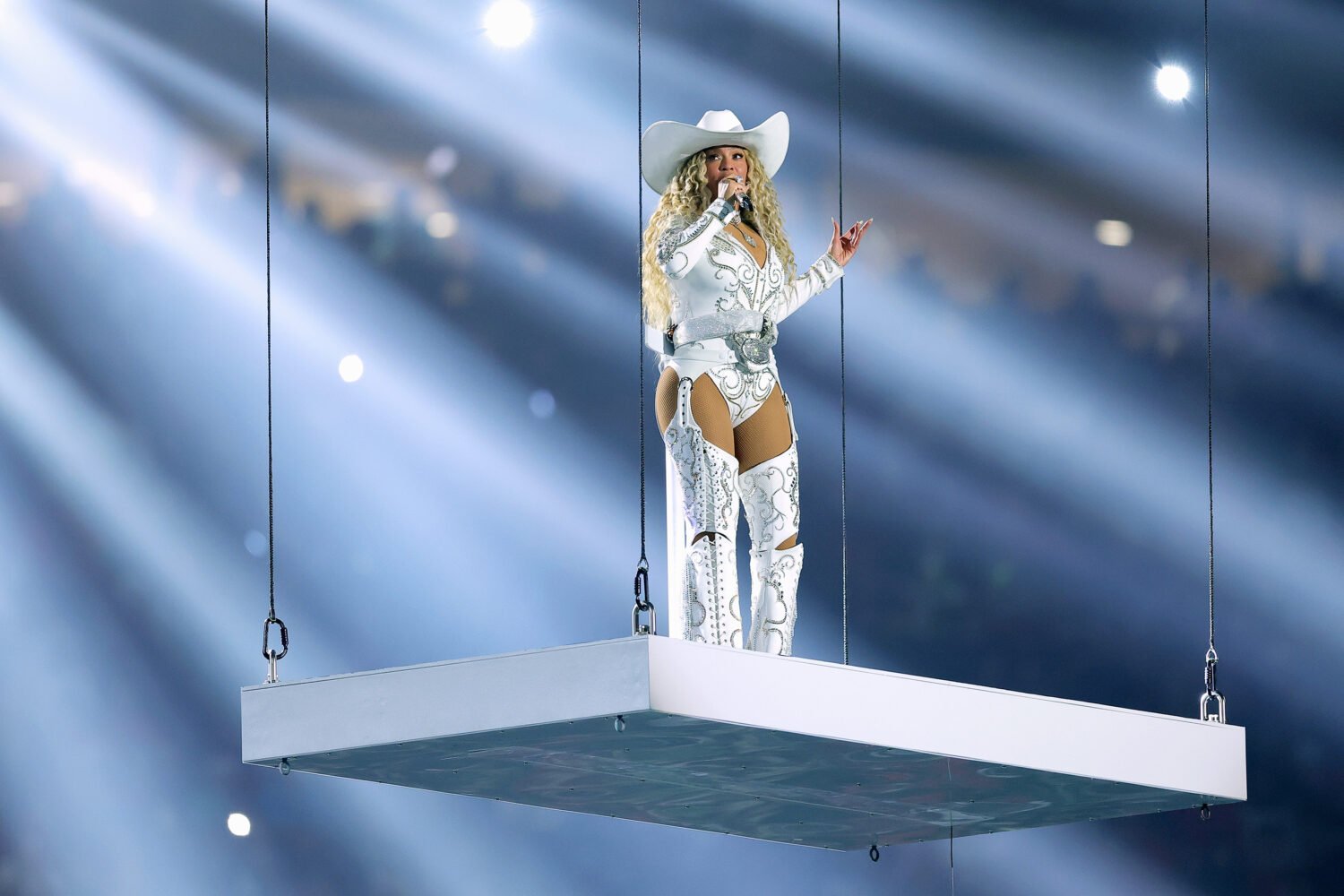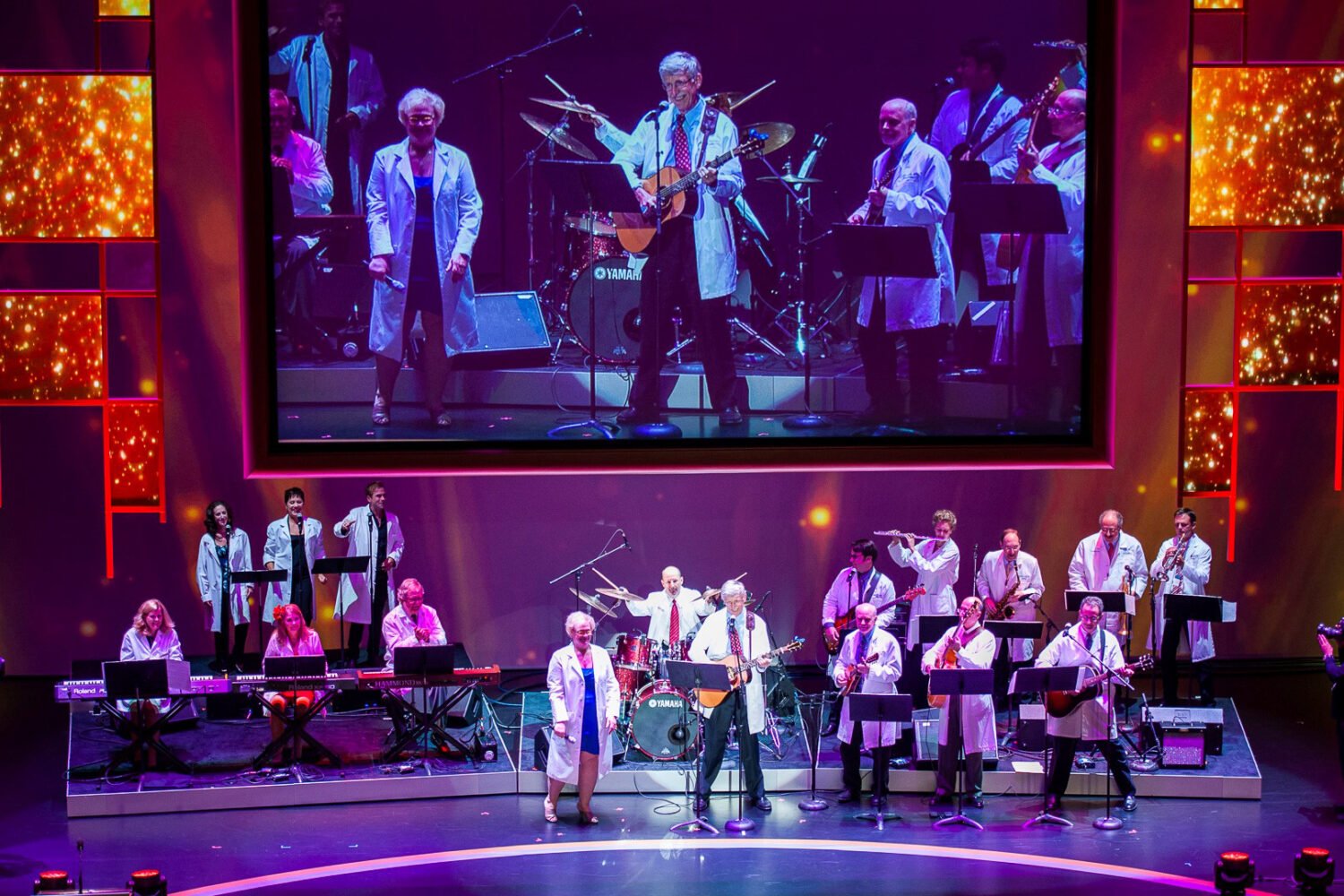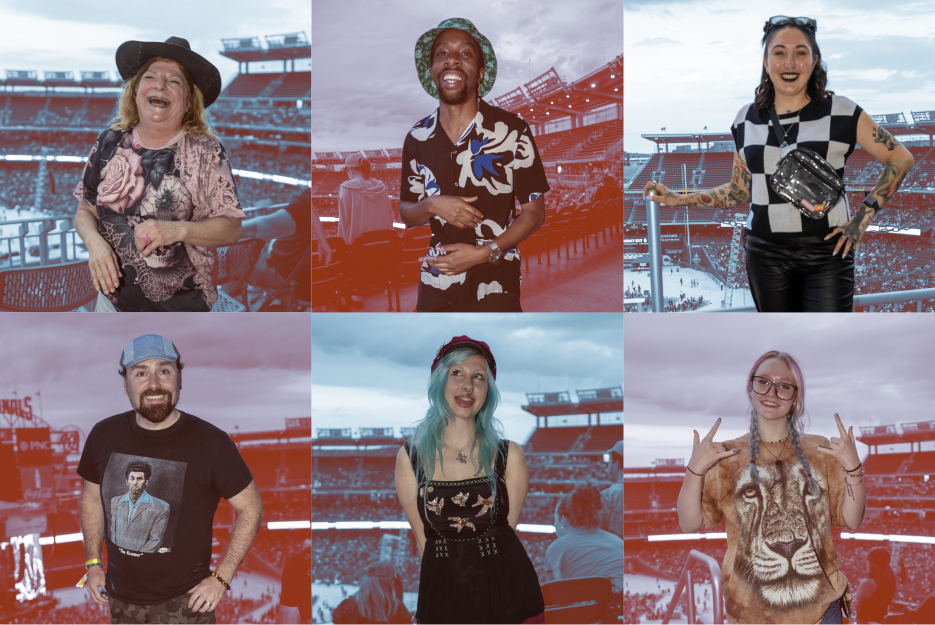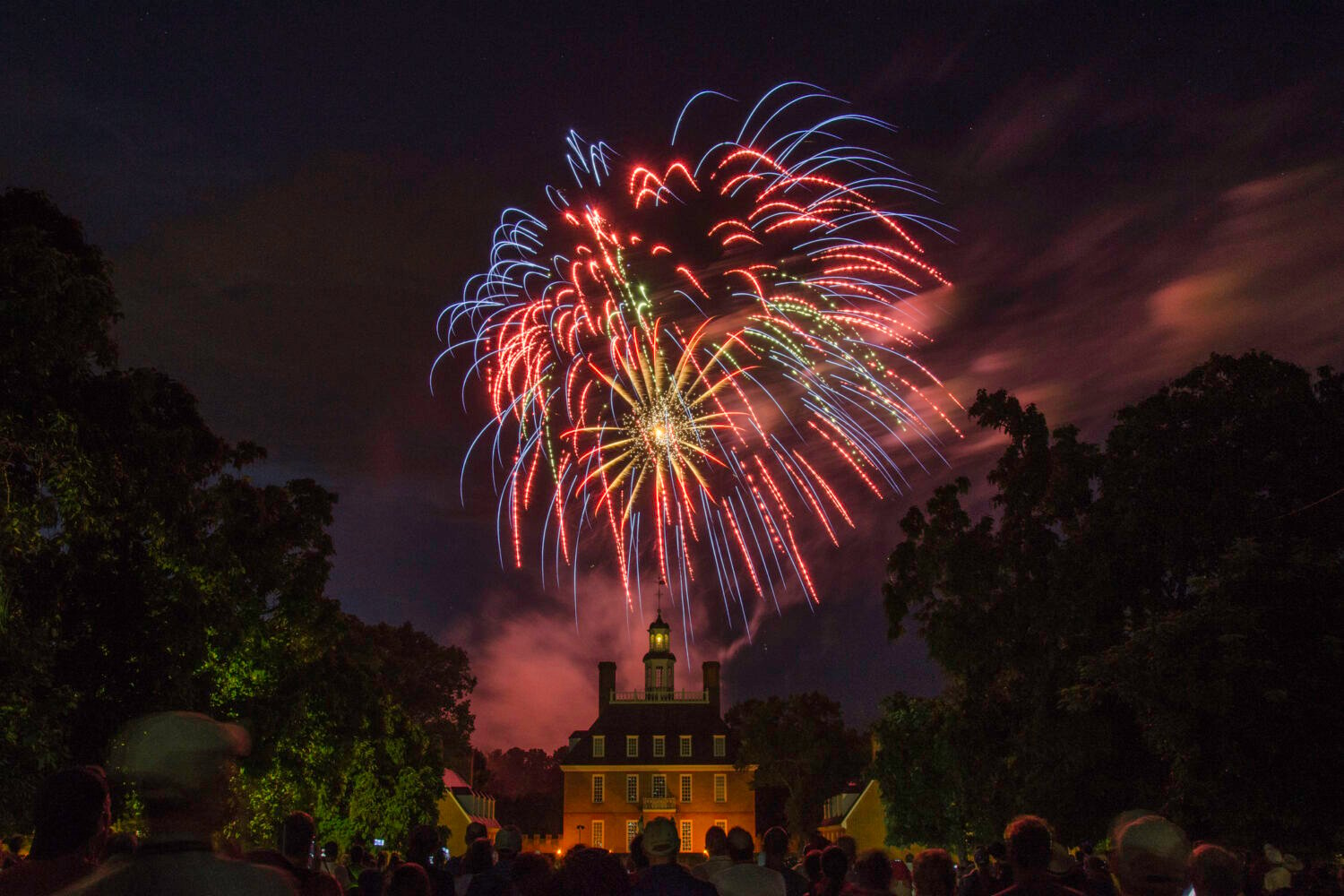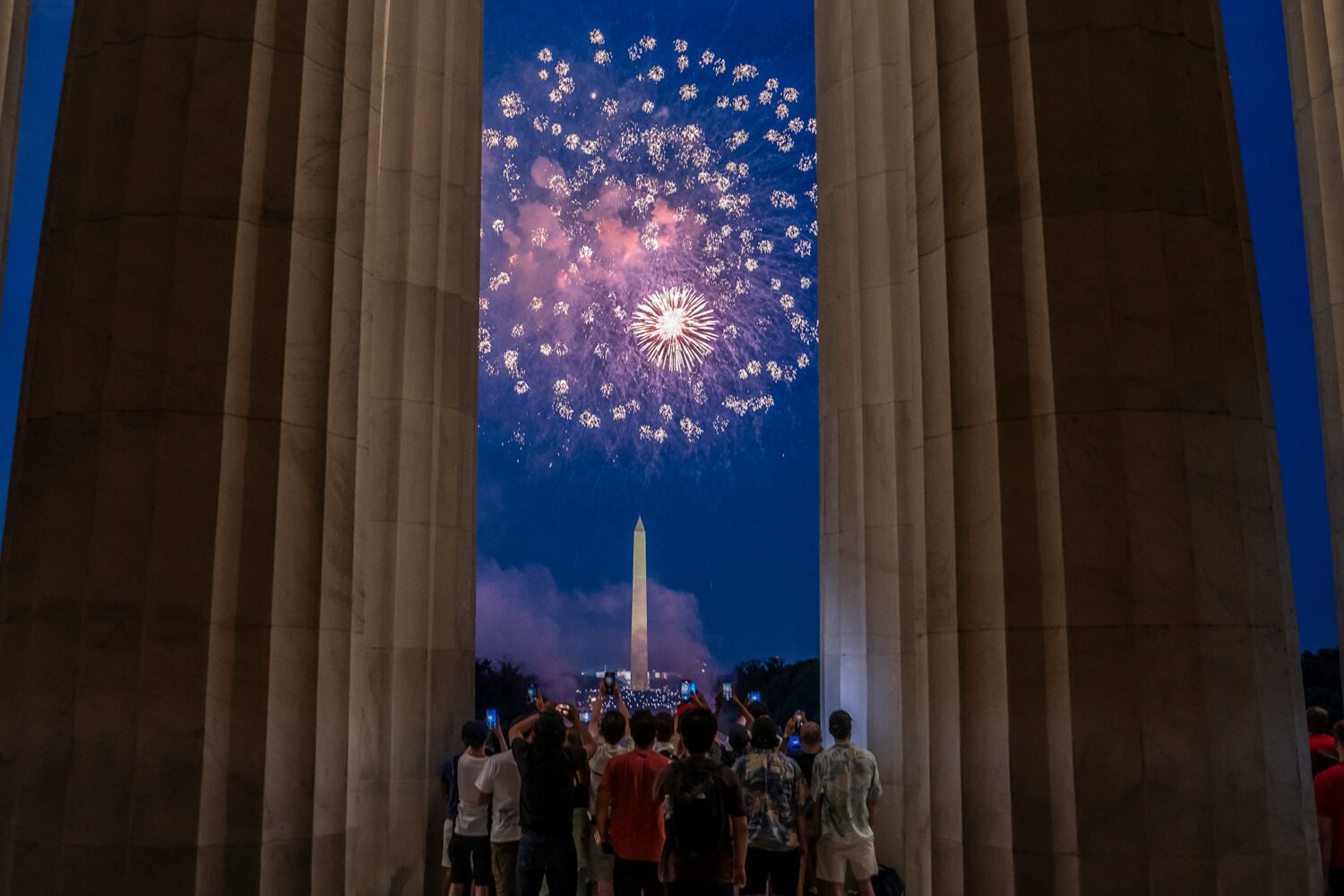Music came almost accidentally to Rachael Yamagata. The Washington native, who graduated from Holton-Arms School in Bethesda, was studying theater at Northwestern and had been kicked out of an acting class when she happened to see a band play in Chicago. “I just fell in love with the whole chemistry of seeing them onstage,” she says. Although Yamagata, now 34, had played piano for fun since age 13, it was the first time she’d considered a music career. Happenstance, her debut album of lush piano-based ballads, came out with Warner Bros. in 2004; she released her third, Chesapeake, independently last year. We talked to Yamagata prior to her Birchmere show March 27.
How did your first record, Happenstance, come about?
The band I was in in Chicago was very collective, and everyone wrote music. I tended to write a lot of piano-based ballads and things that weren’t really appropriate for that, so I amassed this catalog of songs I’d record and store away. A lot of those became Happenstance. Through a friend I was referred to a label scout, and it took off from there.
How would you describe that record?
Sort of an explosion of emotion. It was based a lot around relationships–a “your twenties” kind of record, where everything revolves around heartache and passion and that kind of thing. There’s a lot of weight to your first record, because you’ve been writing the songs for years, but also a lot of infectious energy.
What about the new one, Chesapeake?
Chesapeake is on the other end of the scale. It was produced by the same person, but seven years later and from a different perspective. I have a decade of experiences under my belt–everything from traveling the world to seeing the dark side of the industry to running into a lot of inspiring people.
What was the process of recording it like?
It was like summer band camp. We went to my producer’s house on the Chesapeake Bay. I was in a tent in the backyard, and people slept on air mattresses and couches. We had microphones all over the house–the shower, the patio–and we did everything in about seven days. It was very much recording in our pajamas, at strange times of the night, and all the artwork was taken by the band on iPhones. It had a DIY quality, but it was all done by these super-pro people whom I’ve worked with over the years. It was a hilarious experience.
When you were growing up in Washington, did you go to a lot of local music venues?
No. I was a complete loser. I have a twin brother, and he was always listening to cool bands and going out on the town, and I’d be literally lying on the swing set listening to Michael Bolton, dreaming about having a boyfriend some day. It wasn’t until college that I ventured to the 9:30 Club and had a whole new world open up for me. I’m a hermit at heart.
Which musicians inspire you?
It depends on the mood. I’ve been listening to a lot of Mahler recently, mostly while doing budget spreads–I guess it makes sense to crunch numbers to dark German music. I listen to a lot of Kanye West on tour. My heart is probably really with the ’70s singer-songwriters, just from the storytelling perspective: Stevie Nicks, Elton John, James Taylor, Simon & Garfunkel.
What’s your songwriting process like?
I have a little setup with a bunch of instruments I don’t know how to play, and I just go to whichever one feels right at the time. Sometimes it’s piano, sometimes guitar, and there’s a song called “Starlight” on Chesapeake that I wrote because I found a loop pedal and did a drum thing. Lyrics are always important to me, so if I get a phrase that sticks in my mind I’ll write it down and work something around it. 4 AM seems to be my hour for writing, which is probably why so many of my songs are ballads.
Rachael Yamagata plays the Birchmere March 27. Tickets ($25) are available at ticketmaster.com.
An edited version of this interview appeared in the March 2012 issue of The Washingtonian.

